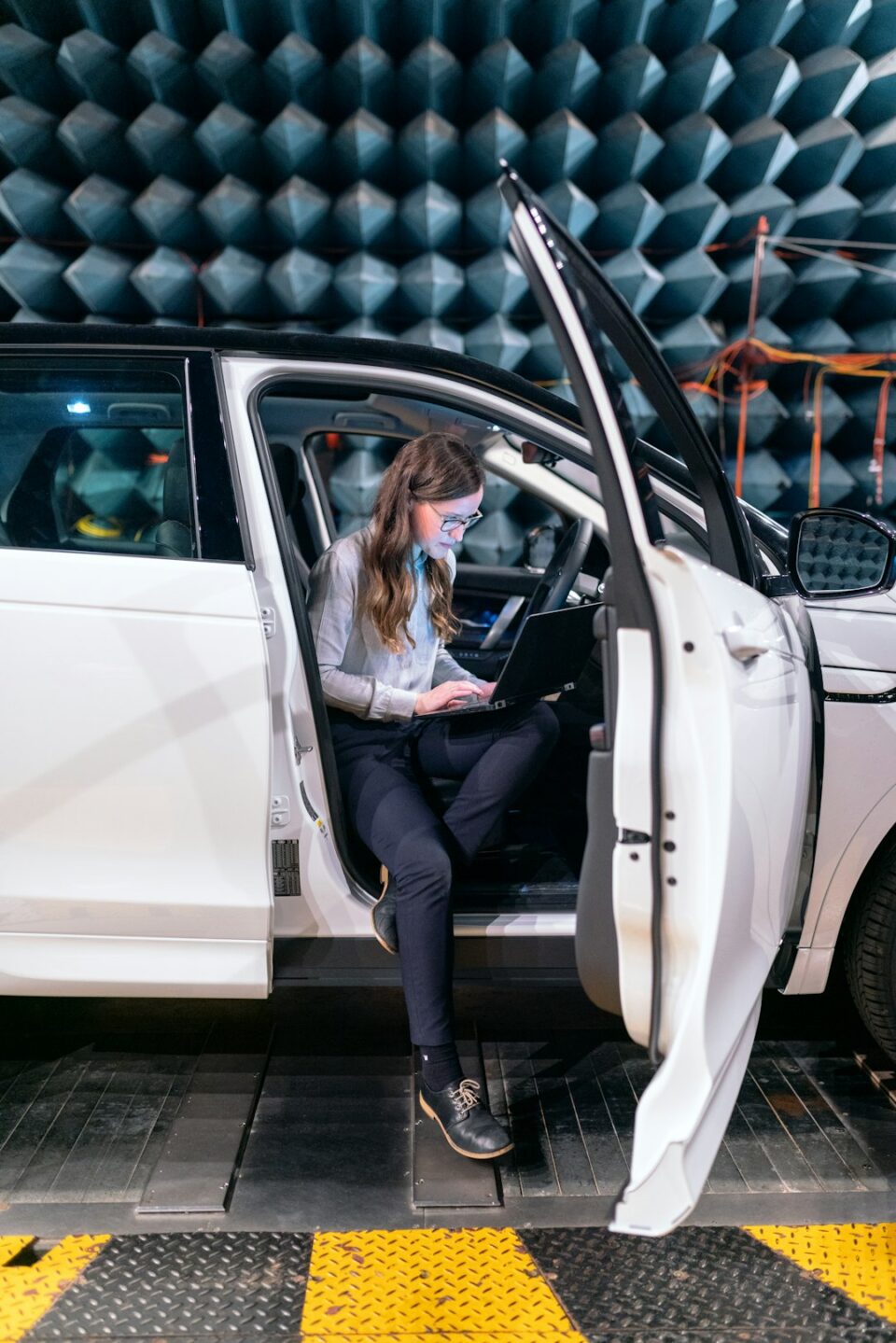Robotics: The Future of Engineering
Engineering is a field that has always been at the forefront of innovation and technological advancement. From the construction of ancient wonders like the Egyptian pyramids to the development of smartphones and self-driving cars, engineers have played a crucial role in shaping the world we live in today. And as we look towards the future, it is clear that one of the most exciting and promising areas of engineering is robotics.
Robotics is the branch of engineering that deals with the design, construction, operation, and use of robots. A robot is a machine that is capable of carrying out a complex series of actions autonomously, typically controlled by a computer program. Robots come in all shapes and sizes, from the industrial arms used in manufacturing to the autonomous drones that can deliver packages to your doorstep.
The field of robotics has experienced a rapid growth in recent years, fueled by advancements in artificial intelligence, machine learning, and sensors. These technologies have enabled robots to become more intelligent, versatile, and autonomous than ever before. As a result, robots are now being used in a wide range of applications, from exploring the depths of the ocean to assisting surgeons in the operating room.
One of the most exciting areas of robotics is the development of autonomous vehicles. Self-driving cars and drones are already being tested on roads and in the air, with the potential to revolutionize transportation and logistics. These vehicles can navigate complex environments, avoid obstacles, and make decisions in real-time, all without human intervention. This promises to make transportation safer, more efficient, and more convenient for everyone.
Another promising application of robotics is in the field of healthcare. Robots are being used to assist surgeons in delicate procedures, deliver medication to patients, and provide companionship to the elderly. They can perform tasks with precision and consistency that would be difficult or impossible for humans to achieve. As the population ages and healthcare costs rise, robotics offers a potential solution to these challenges.
In the field of manufacturing, robots have long been used to automate repetitive tasks and improve efficiency. Today, robots are becoming more flexible and adaptable, able to work alongside humans in collaborative environments. This promises to transform the way we produce goods and services, making production faster, cheaper, and more sustainable.
But robotics is not just about building machines to replace humans. It is also about augmenting human capabilities and enhancing our quality of life. For example, exoskeletons are wearable devices that can enhance the strength and mobility of individuals with disabilities or injuries. These devices can enable people to walk, lift, and perform other tasks that would otherwise be difficult or impossible.
There are, of course, challenges and concerns that come with the rapid advancement of robotics. One of the biggest concerns is the potential impact on jobs and the economy. As robots become more capable and affordable, there is a fear that they may replace human workers in many industries, leading to unemployment and income inequality. This is a legitimate concern that must be addressed through education, training, and policies that promote a smooth transition to a more automated world.
There are also ethical and social implications to consider. As robots become more intelligent and autonomous, questions arise about their moral and legal status. Should robots have rights? Who is responsible when a robot makes a mistake or causes harm? These are complex issues that will need to be addressed as robots become more integrated into our daily lives.
Despite these challenges, the future of robotics is bright and full of potential. As engineers continue to push the boundaries of what is possible, we can expect to see robots playing an increasingly important role in our lives. Whether it is in healthcare, transportation, manufacturing, or any other field, robotics has the power to transform the way we work, live, and play.
In conclusion, robotics is the future of engineering. With advancements in technology and a growing demand for automation and efficiency, robots are poised to revolutionize the way we live and work. From autonomous vehicles to surgical robots to exoskeletons, the possibilities are endless. As we embrace this new era of robotics, it is important to remember that the ultimate goal is not to replace humans, but to enhance our capabilities and improve our quality of life. By working together, engineers, scientists, policymakers, and society as a whole can ensure that robotics continues to benefit us all.

